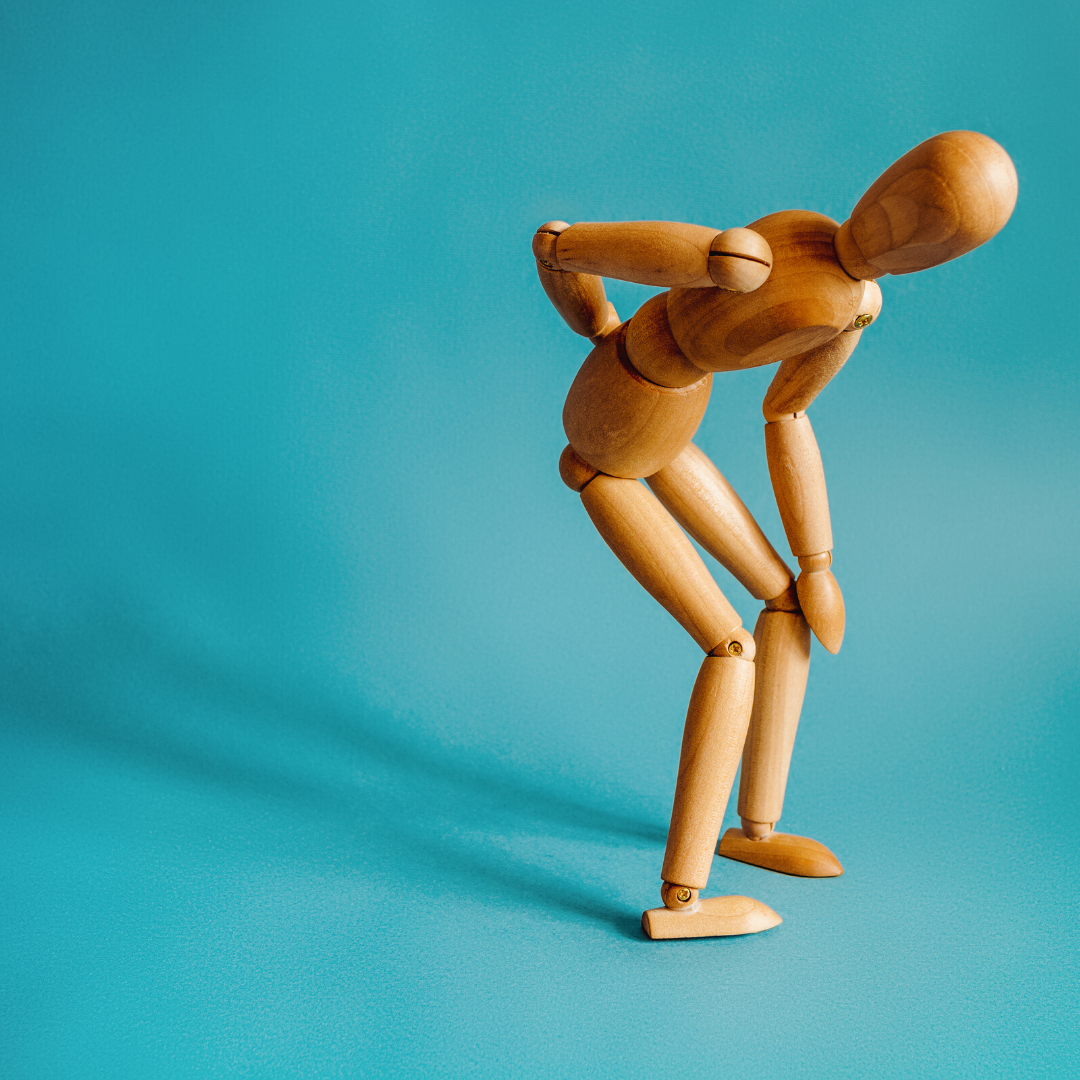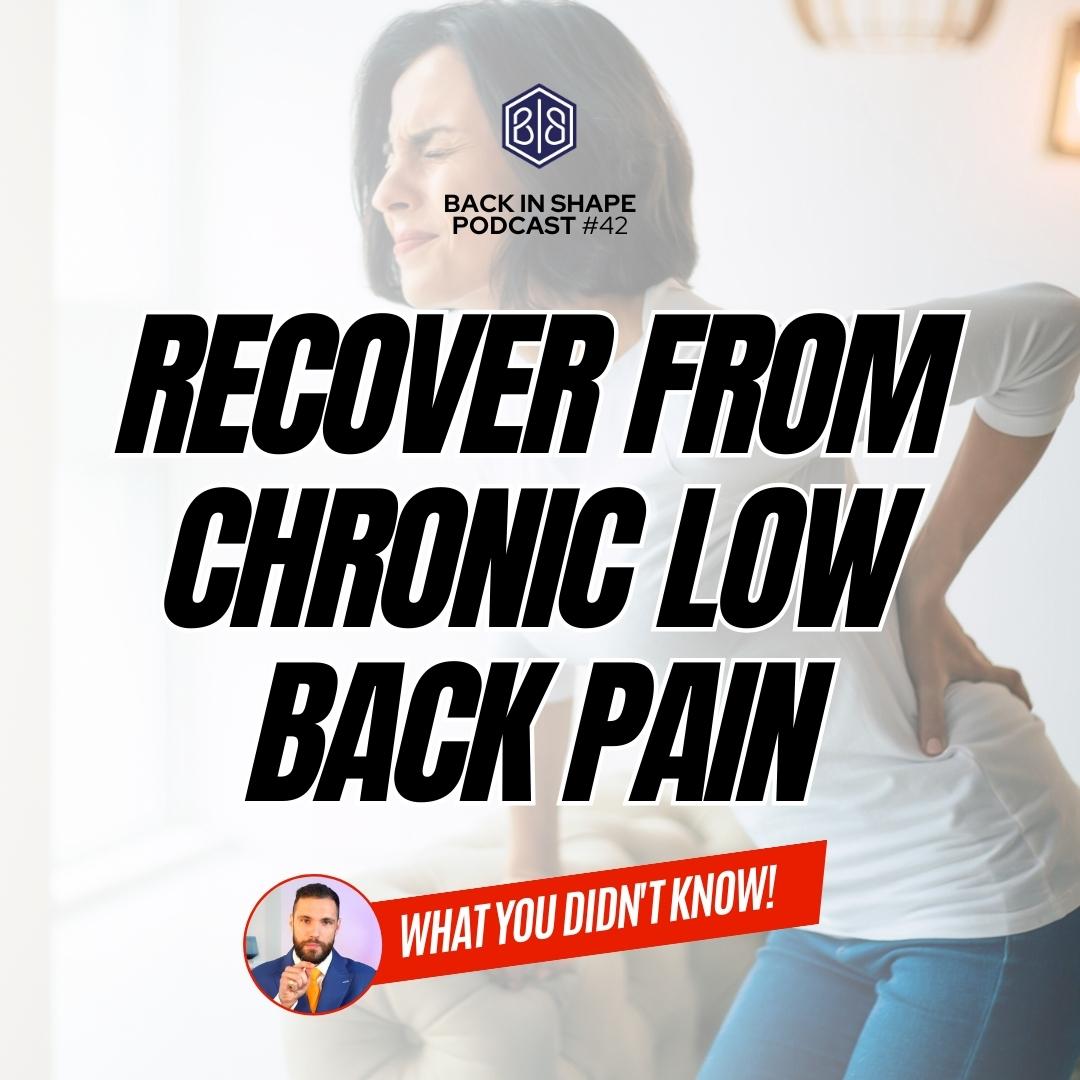Back pain when bending forwards is quite common if you experience bouts of back pain from time to time. It can also be a trigger for many people if done incorrectly, since there is a more correct form you should be adopting to bend forwards. This type of back pain might be experience if you’re putting your socks on first thing in the morning, tying your shoelace or lifting something from the floor with incorrect form. So, what is it exactly that causes back pain when bending forwards?
What Is The Role Of The Back?
To answer this question, we need to go into the role of the back, and what actually happens within your body when you bend forwards. This is something that a lot of people don’t actually think about, as you can’t see what’s happening within your body when bending forwards. If you get this type of pain, it usually occurs in the lower back which is the main weight-bearing structure of your body. All the pressure from your upper body goes through that area of the spine, which in order to distribute that weight effectively, needs to be well aligned. When you bend forwards, your weight shifts directly onto the discs in the lower back, as opposed to bending backwards which places your weight directly onto the facet joints in the your lower back instead and actually stretches the discs out. If your spine is incorrectly aligned, whether through repetitively poor posture as you slouch at your desk, or when relaxing in the evening, this can place a constant compression effect to those discs because you’re essentially mimicking a slight bend forward in a rounded lower back. The vital thing to note here is that you don’t need a severe disc bulge to suffer with pain due to bending forwards, even a very low grade disc injury that’s placed under more pressure can become very painful. We see cases of varying severity here, with patients in equally varying amounts of pain. We see people who have very severe disc bulges who don’t really feel a huge amount of discomfort, and small disc injuries that cause the patient a lot of pain.
What Causes Disc Bulges?
Think of your discs like they’re little water balloons. If you squash down on the front of a water balloon, the balloon is going to bulge backwards. Which if you’ve seen a disc injury on an MRI, this is essentially what happens – the disc will bulge backwards to varying degrees. As this disc bulges backwards it can then compress nerves in your spine which control different areas of the body. The most common of these to be affected in the lower back would be the sciatic nerve, which gives that characteristic pain that refers down the back of either legs, and sometimes in the feet as well. This type of pain is also not limited to simply sensation of back – nerve pain can also be sensations such as burning, pins and needles, or sharp shooting and stabbing pain.

When coming back up from bending forwards, you have an increased amount of compression because weight is magnified the further away it is from the body. For example, if you were to take your rucksack or a shopping bag full of groceries and hold it out in front of you with your arm stretched, the weight seems magnified compared to when holding it by your side. The weight is less magnified the closer it is to your core muscles. When you come up from bending forwards because you’re not vertically aligned at that point and the weight is off-centre, the weight is greater and places extra strain on the lower back as you come up.
Undergoing A Thorough Examination
The easiest way to understand what exactly is wrong with your spine and why this might be happening to you is to visit a professional who is going to spend time assessing your condition. That’s not a ten minute appointment, but a much longer session where the practitioner will take a detailed history and perform orthopaedic testing to understand what the problem is. This should be followed with imaging if clinically necessary, we prefer upright imaging that is able to show us the alignment of your spine in a way that we can measure the angles of your spine. Your spine is naturally aligned in a way that allows it to effectively distribute the weight of gravity, but if your spine’s angles drift out of a normal range then it can place more pressure on delicate areas of the spine that aren’t designed to bear that weight. This is when the spine starts to degenerate quicker and discs are placed under more pressure, so are more at risk of bulging.
Exercises To Do & Ones To Avoid
Generally speaking, a professional should be able to advise you as to what kind of exercises you should be doing to strengthen your back and core, and exercises that you need to be avoiding. An exercise we see prescribed a lot to people with disc problems is knee hugs, this is because it can feel relieving as it opens out space and creates less pressure on the nerve. While this takes the pressure off temporarily, knee hugs is essentially a forward bending motion and by its nature will place pressure on the front of the disc, causing it to bulge backwards. This movement is therefore not very helpful in the long-term. If this is an ongoing issue for a number of weeks, months or even years, you should see someone who can properly evaluate your spine. If bending forwards is problematic for you and brings on back pain, try to either avoid bending forwards as much as possible, or bend from your hips rather than just flopping your upper body straight down. Bending from your hips and knees allows you to keep the natural arch in your lower back as you go down rather than rounding the back. For activities like loading the dishwasher where you’re bent forwards for a minute or two and might find it uncomfortable to lower down both knees simultaneously, you can try to step back into a lunge – as this allows you to bend down without bending forwards. It’s worth practicing these as well so that when you do need to do it for any household tasks or even just for tying your shoelaces in the morning, that you’re comfortable and protecting your back.
We hope this article has been helpful for you! If you’re based in and around Central London and would like to book in to see us for your back and neck pain, feel free to call us on 0203 947 3222 or email us at info@themayfairclinic.com. Your first appointment will be a full examination, including X-ray imaging if necessary, and a treatment to get you on your road to recovery. If you have any questions about today’s article, do get in touch with us either through the contact methods above, or through our social channels!
Contact Us.
Email Us
info@themayfairclinic.com
Call Us
0203 947 32 22
Clinic Address
4 Cavendish Square, London, W1g 0PG.
